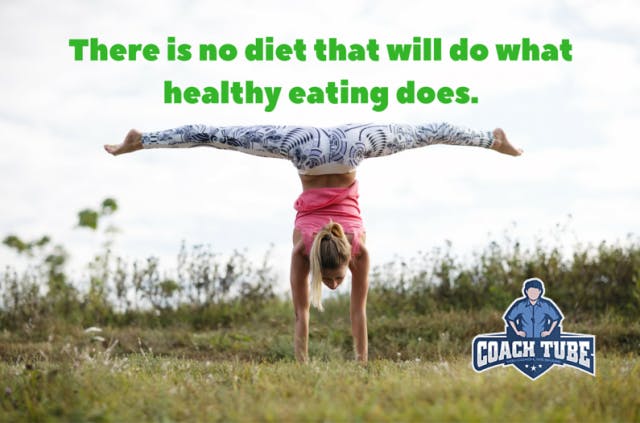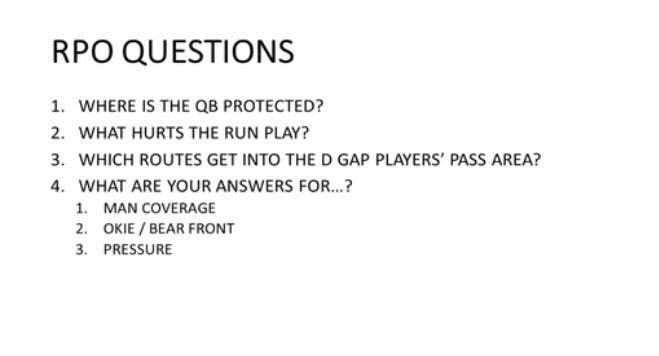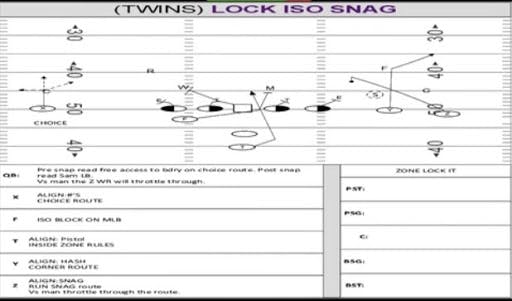12 Effective Ways To Countering Fear
- Author Joey Ward
Identify the Fear In order to deal with our fears during times of crisis, we must first understand what those fears are. Demystify fear and identify whether it is realistic or not to make it less scary and more manageable.
Think Positively
Positive thinking is a way to regain control during times of distress and uncertainty when fear tries to dominate. Choose to not focus on potential negative outcomes. Make a conscious pivot away from the negative source/stressor and towards a more positive focus.
Relaxation Techniques
Relaxation practices improve mood, reduce stress hormones, slow breathing, decrease heart rate, and reduce frustration, all of which are associated with fear. Relaxation techniques include yoga, massage, aromatherapy, music, and art, among others.
Breathe
Breathing helps you regain a sense of calm in the midst of fear. Breathing offers the opportunity to take the time to pause, refocus, and process what is happening and what you are feeling. Be Patient Fear can cause irrational thoughts and poor decision-making.
Take some time to just sit with your feelings so you can realize that the fear isn’t valid, help you reason through the fear and develop a solution to adequately address it.
Self-Care
Self-care is a way to address the mental and emotional impacts fear can have on the body. Self-care is about prioritizing the protection of well-being and happiness, particularly during periods of stress induced by fear. Methods of self-care include healthy lifestyle choices such as diet and exercise, meditation and other forms of relaxation, stress management, and journaling.
Get Informed
Fear is often fueled by the unknown. What we don’t know seems to cause us to panic and think about worst-case scenario situations, especially during a crisis. Manage fear with information from reputable sources. Once we understand a situation or scenario, we are in a much better situation to address it.
Gratitude
Being grateful can serve as a powerful means of refocusing attention and energy when in the midst of fearful situations. Gratitude can ground you in positive thoughts when fear tries to overwhelm and override. Humor In crisis situations we are often only surrounded by the negativity and severity of the situation at hand. It is hard to remain afraid when you’re laughing.
Exercise
A little physical activity can produce a physical response in the body that is great for fighting against fear. When we engage in any kind of physical activity, there is a release of endorphins that cause an analgesic effect within the body.
Exercise reduces stress and boosts inner calm and mental clarity.
Meditate
Meditation can be used to combat fear by intentionally choosing to focus on something other than the trigger causing the fear and regularly engaging in the practice as a means of redirecting and gaining control of your thoughts.
Through meditation, you can manage and calm your fears and thus manage distressing situations.
Talk it Out
Talking about your fears helps you to either realize the fears are not realistic or at the very least allows you to vent, instead of letting those fears fester in your mind. In talking through fears, we can often come up with solutions to address the core problem.
Youtube Video of this article
Grab your FREE download "Mental Breaks" below.













